2016 wasn't the year of gaming changing hero phones, but instead it was the year of game changing affordable phones. Phones which don't cost a lot, but offer incredible value in return for features, performance and design. While the OnePlus 3 was good, it can be argued that Xiaomi's Redmi Note 3 was the poster child for this trend. Xiaomi claims that it has managed to sell 3.6 million units of the phone in India alone which typifies the impact of the phone on the market. Come 2017, the Chinese smartphone maker wants to up the ante in India. It wants to start the year with a bang in India with the launch of the Redmi Note 4 - its most successful phone in India. The interesting thing here is that while the Redmi Note 3 was going great guns in India, Xiaomi had actually launched a Redmi Note 4 in China. However, the phone that Xiaomi brings to India now is quite different from the Redmi Note 4 in China. And it is for the better. The new redesigned version of the Redmi Note 4 is not a radical update over the Redmi Note 3, however, the attempt here is to vanquish all limitations and frailties of the Redmi Note 3 and launch a more well rounded and performant phone. Has Xiaomi managed that herculean feat? That's what this review will reveal.
Size and Design
Xiaomi set out to make a phone which was even thinner than the Redmi Note 3 while it could retain the amazingly capacious battery that it housed. As it set out to launch the Redmi Note 4 in India, it had to redesign the phone from its Chinese variant as it couldn't launch it with the MediaTek chip that was there on the Chinese model. Obviously, it swapped out the MediaTek Helio X20 SoC for a chip by Qualcomm, but here, it found ways to further fine-tune the design of the phone.
The Redmi Note 3 was 8.7mm slim while the Chinese model of the Redmi Note 4 was 8.4mm slim. This new Qualcomm-powered Redmi Note 4 was now significantly slimmer than its predecessor but also its Chinese sibling. At 165 grams, this phone also became 10 grams lighter than the Chinese model. Of course, this means, it is a heavy phone, but still rather comfortable for a phone of its size.

And in the hand, this phone feels great. Like the Redmi Note 3, it has a metal back machined to death in sleek gold, silver and matte black finishes. Xiaomi has improved the design from the Redmi Note 3 here. It has gotten rid of the plastic inserts which would be above the camera and below the speakers. On the back, it is fully clad in polished metal with antenna lines seamed with polished chamfers. It looks really classy. From the sides on the back, there is a very slight curvature swooping upwards towards the frame of the device. This helps with the ergonomics of the phone as it doesn't dig into the palm of one's hands.
The sides of the phone have also been beveled very gently with chamfers on the sides. The right side of the device is home to the power and volume buttons while the left is home to the dual SIM slot. The top of the phone has a 3.5mm port which is perfectly in the centre showcasing a design symmetry with the placement of the centrally placed rear camera, flash and fingerprint scanner; all the way to the bottom where there is the microUSB port for the charger. There's also an IR blaster on the top and a dual firing speaker on the bottom with iPhone-like grills flanking the USB connector.
Overall, Xiaomi has done a great job refining the phone's design to death.
Display
Like the Redmi Note 3, Xiaomi has decided to stick with a 5.5-inch 1080p display on the Redmi Note 4. It also comes with a 2.5D curved cover-glass which makes the fascia of the phone look much better. It also helps with the touch response and overall provides for a liquid feel while operating the device.
What the specifications don't tell you is that Xiaomi is using a massively improved screen. It is using a screen which uses IPS technology which is the type of technology Apple uses in the iPhones. This usually converts to improved viewing angles, truer colours and a brighter screen. And all these things are true of the screen on the Redmi Note 4.

Compared to the rather washed out screen on the Redmi Note 3, this is a brilliant screen. It is a delight to view content on, and it is easy one of the best screens one would find on a phone that costs less than Rs 20,000 leaving alone something that starts out at Rs 9,999.
This screen was great for watching movies or YouTube, reading text or for that matter playing games too. The large screen also meant that typing and editing text was a breeze. It also comes with a reading mode and blue light filter which yellows the screen in the evenings making it easier on the eyes.
Performance
Xiaomi is known to cram the latest specifications in its phones and the Redmi Note 4 is not different. It has a Qualcomm Snapdragon 625 processor which is built on a new 14nm FinFet process. This is an octa-core chipset with ARM Cortex A53 cores clocked at 2GHz. The phone is offered in variants that start with 2GB RAM and 32GB memory, 3GB RAM and 32GB memory and 4GB RAM and 64GB memory. I tested the latter - the top of the line model with 4GB RAM and 64GB memory.
Xiaomi is facing a bit of heat for launching this phone with the Snapdragon 625 as it is being perceived as a downgrade from the Snapdragon 650 on the Redmi Note 3 and the MediaTek Helio X20 on the Chinese variant of the phone. However, that's not the case. We've done a piece explaining why the Qualcomm Snapdragon 625 is the best choice for this phone, however, the big take away is that this processor affords greatly improved battery life and much better sustained performance than any other mid-range processor out there in the market while also supporting some new technologies like the latest Qualcomm LTE modem.
In use, this is an incredible phone to use. Its performance is so good that you can easily forget the likes of the Samsung Galaxy S7 as it will feel equally faster but for less than a third of the price.
You can have more than 20 odd apps open at the same time or be playing a processor intensive game like Nova 3, but the phone will never break a sweat. It will keep chugging along in a languid and graceful way never heating up or showing lags or perceptible frame rate drops.
Compared to the Redmi Note 3, this certainly has all the performance and some more that made its predecessor so popular, but also without any of the heating issues. Xiaomi has done a super job optimising everything to the tee.
Battery life
The raison d'être of Xiaomi's Redmi Note line of smartphones is killer battery life. It managed the incredible task of cramming a 4,050mAh battery on a phone relatively more compact than the Redmi Note 3. And boy, this battery lasted long. The Redmi Note 4 has a slightly bigger battery — a 4,100mAh packed in a frame that's slimmer. This is not a big improvement, but Xiaomi was gunning for a 25 percent improvement in overall battery life.
This phone goes one step further than the Redmi Note 4. It always lasted me in-excess of 40 hours with about an hour of phone calls, some music streaming, YouTube and a lot of web browsing, chatting and emailing. On days, it exceeded the two day mark too.
How did it make the big improvement? Well, firstly, it did optimise this phone very well, however, the bigger improvement come from the Snapdragon 625 processor which even according to Xiaomi's Jai Mani has the best thermals of any chipset launched in 2016. The 14nm FinFet chipset is the prime contributor to this superb battery life. This wouldn't have been possible with any other processor. And for less than Rs 15,000, this phone simply has the best battery life than any other phone.
Software
The biggest irritant with Xiaomi's phones is their software. Like all of its phones, again this phone is based on Mi UI 8 which is based on Android Marshmallow. Now, this is a bit of a double edged sword. Its notifications aren't the best, but at the same time it is highly customisable; it has a great theme store, its UI is straight forward with no app drawer so it is easy to learn and it comes with some unique features like the ability to run two instances of the same app. However, it just doesn't feel right using a phone which is running software that was launched back in 2015. Fortunately, Xiaomi is previewing a build of Android Nougat and it will be released in the coming weeks. '
Camera
The 13-megapixel camera on the Redmi Note 4 is kind of a big deal. It is a massive improvement over the 16-megapixel camera on the Redmi Note 3. It has a f/2.0 aperture and a PDAF auto focus for rapid fast locking in on subjects.

In bright daylight it takes nice photos which have balanced colours and are relatively saturated. It also locks focus quickly and while taking close up shots you get a nice defocused bokeh effect which makes those shots pop. Even in low light, the camera takes usable images.

However, as the shutter speed gets bumped it takes a longer time to focus and obviously there is the issue of noise that creeps in.
Video is also better on this phone and it is electronically stabilised using the gyroscope of the phone. It is decent but if you think you'll be bootlegging concerts with this phone, then forget about it.

The 5-megapixel selfie camera is useful in good lighting, however in dark situations one will be hard pressed to get great selfies out of it.
Miscellaneous
This is a 4G LTE phone which works well over VoLTE networks. I tested the phone exclusively on a Reliance Jio SIM and also via a Reliance Jio MiFi. It works well.
The phone has a hybrid dual SIM slot. In the case you decide to use a microSD card slot, then you can't use the secondary SIM.
Xiaomi has shifted the speakers from the rear of the phone to the bottom which results in a big improvement in terms of loudness and overall quality of the sound. That being true, if you blast the blaring tunes of Metallica, then even this speaker is going to get distorted at maximum volume.

The rear mounted fingerprint scanner on the phone works very reliably and it was one of the best scanners I had used on a phone.
Conclusion
Simply put, there isn't a better phone than the Redmi Note 4 for less than Rs 15,000. Simply put, there isn't a better phone for less than Rs 10,000. Yes, you will get phones that may have better processors, better screens and arguably a snazzier design, but there is no phone around in the price segment which is as well rounded as the Redmi Note 4. Long story short — just go and buy it. It will work brilliantly as a primary phone and equally as well as a secondary phone. I recommend the 4GB RAM 64GB model in the stealthy black.
Source:
Xiaomi Redmi Note 4 review



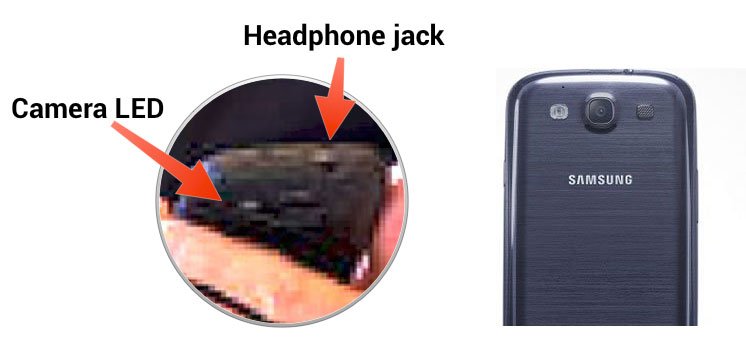
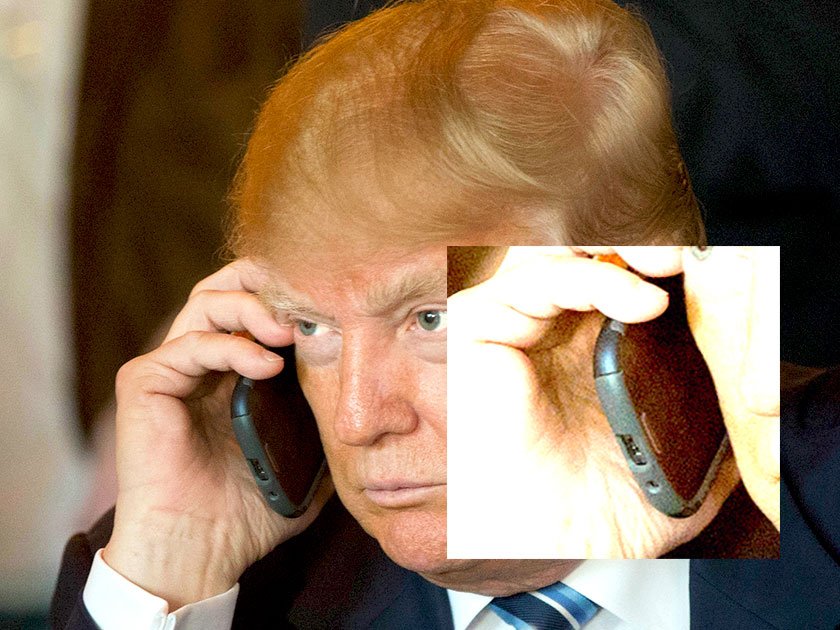

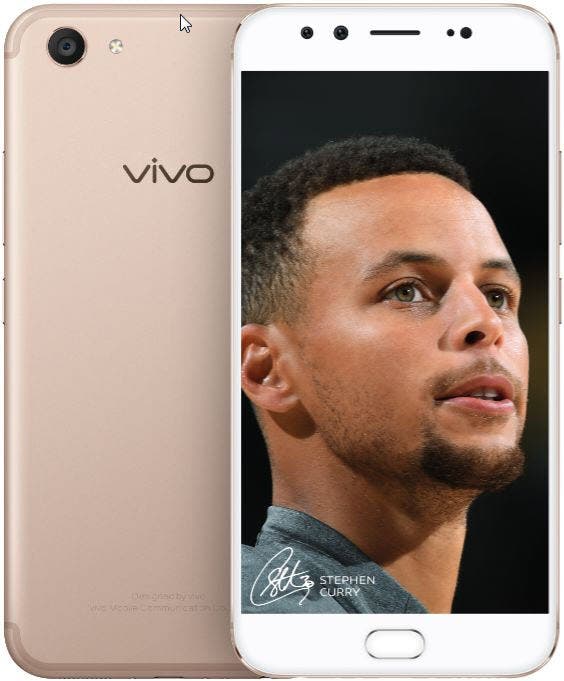

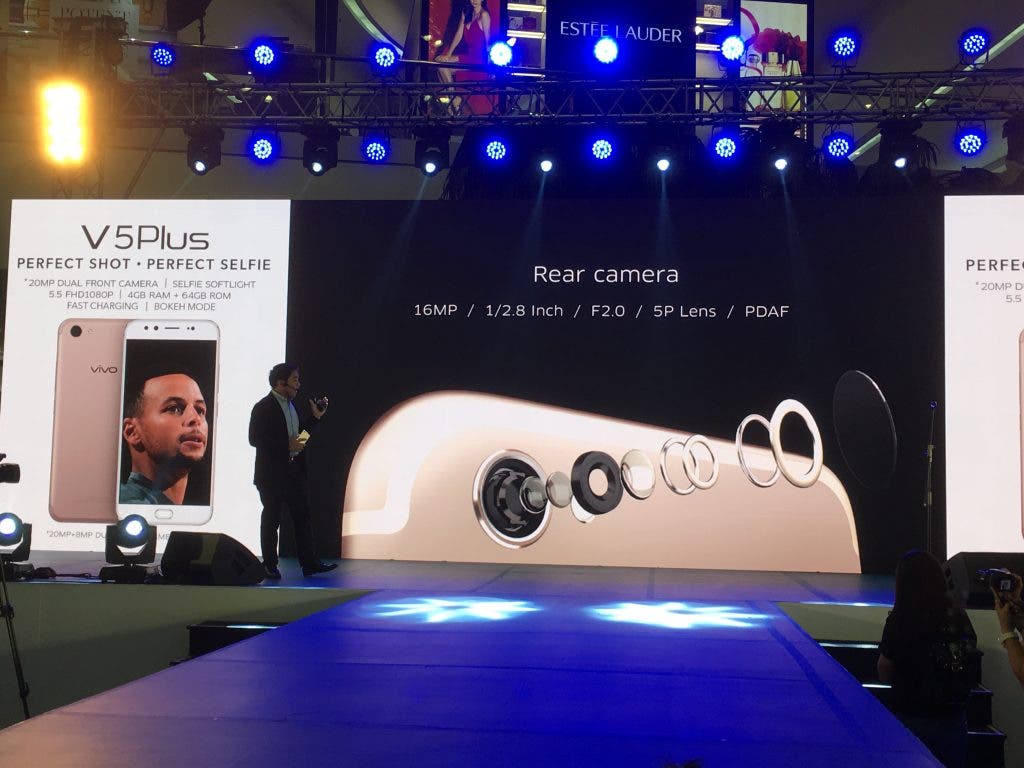
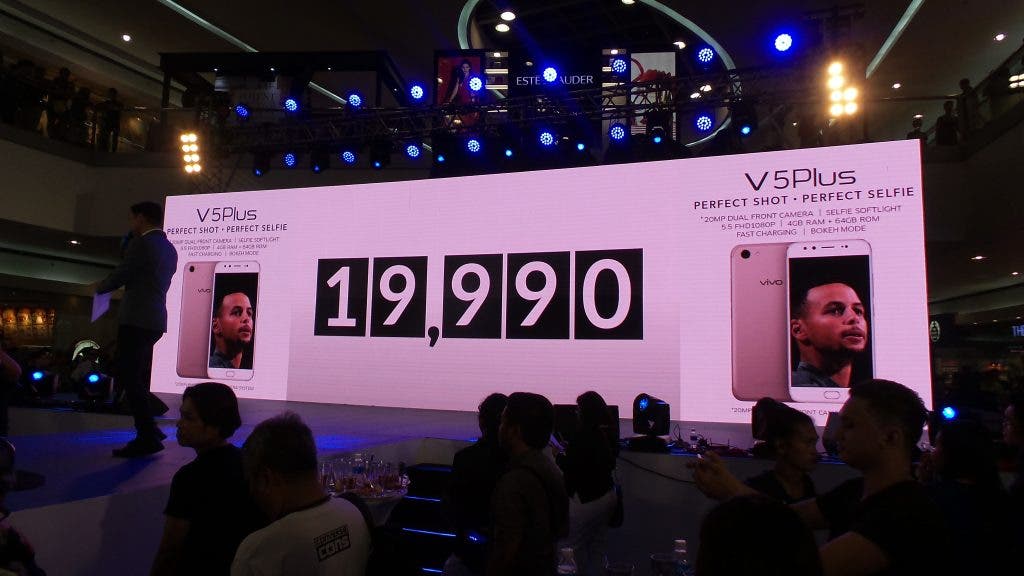
 Samsung's patch for the original exploit illustrated two typical problems. First, it broke LAN access to the cameras, so those relying on access for local reco rding and streaming suddenly found their cameras unusable after the firmware update. It was not lost on users that Samsung rolled out a fee-based cloud DVR service on exactly the same day. Many users elected not to install the new firmware — and live with the exploit — rather than cripple their systems.
Samsung's patch for the original exploit illustrated two typical problems. First, it broke LAN access to the cameras, so those relying on access for local reco rding and streaming suddenly found their cameras unusable after the firmware update. It was not lost on users that Samsung rolled out a fee-based cloud DVR service on exactly the same day. Many users elected not to install the new firmware — and live with the exploit — rather than cripple their systems.






